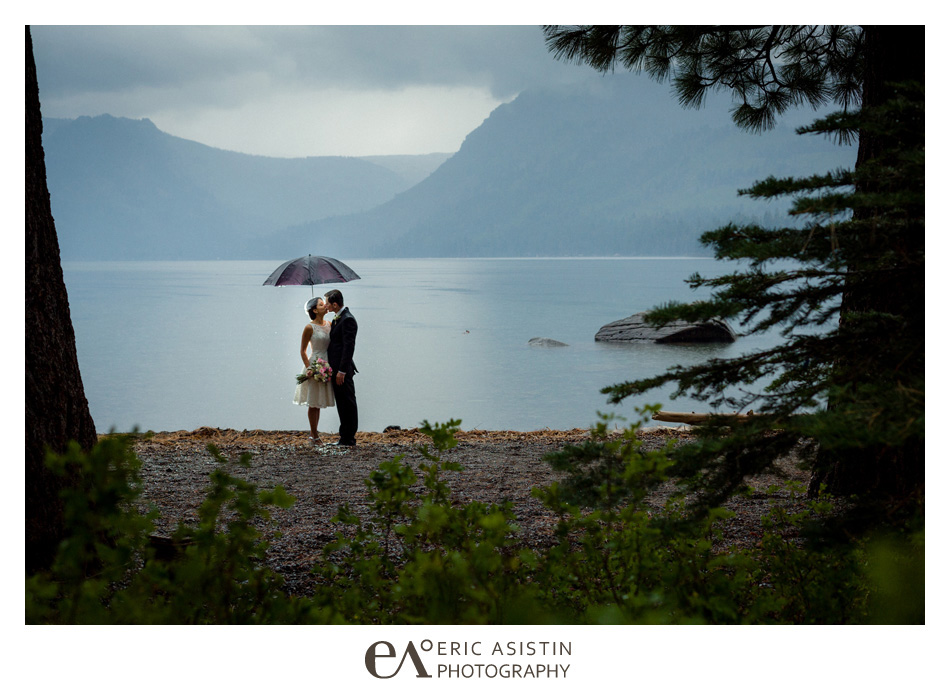
Mark Twain could hardly contain himself in describing his first visit to the lake. mileage marker - clockwise from Tahoe City mileage marker - clockwise from Tahoe City. Geographic Names Information at the USGS.

* Incline Village population includes Crystal Bay. Homewood has 700+ PO Boxes in use durring the summer, which equates to over 1,500 people. Summer and Winter vacation residents increase this number.Į.g. Norden, Soda Springs, Donner Pass (Population) - Note this is permanent population from the Satellite Images for: Tahoe City, Sunnyside,Ĭalifornia NAME, ZIP, (Population) Brockway, 96143 Įcho Lake, 95721 Fallen Leaf, 96151 Homewood, 96141 (271) Lake Tahoe Data Clearinghouse for Geographic Information System (GIS) Data.Īnd Lake Tahoe Basin Management Unit (LTBMU) fs.fed.usįinding and Ordering USGS Topographic Maps

#Fallen leaf lake water temperature download#
Subscribe to Sierra Outdoor Recreation to download maps Tahoe Map w/ Ski Areas and Trail maps here. Taahoe at Holoscenes - Textures of the Earth It is by collating a myriad of wood samples buried in streambeds and lakes that the longest tree-ring chronologies, now going back 12,460 years, have been developed in central Europe.Lake Tahoe West Shore Information Lake Tahoe West Shore Information As tree-ring samples are collected and entered into a master chronology, they could also yield a continuous, annually resolved record over several millennia, because some submerged trees have already been radiocarbon dated to the mid-Holocene. non-climatic origin of submerged trees is best answered by mapping and dating them in more than one lake. These preliminary results indicate that the question of climatic vs. However, sub-bottom mapping of the West Tahoe fault underlying the southernmost end of Fallen Leaf Lake, combined with evidence that these trees are at a depth equivalent to the modern level of Lake Tahoe, may suggest a linkage between Fallen Leaf Lake levels and earthquake-generated permeability along the West Tahoe fault. Initial evaluation of these data does not suggest a landslide origin for submerged trees in Fallen Leaf Lake. Side-scan sonar imagery was complemented with sub-bottom seismic CHIRP profiling to assess fault movement and landslide formation. The 5 km2 side-scan survey required about two days of survey time, providing rapid identification of the underwater targets. Submerged trees in Fallen Leaf Lake were mapped in summer 2006 using an EdgeTech 4200 side-scan system capable of decimeter resolution.

#Fallen leaf lake water temperature series#
This shows that it is feasible to obtain calendar dates and continuous ring-width series from underwater trees in the Sierra Nevada. a branch cross section that included 69 rings, was then dated to AD 1085-1153. For tree-ring dating, a reference chronology from AD 543 to 2003 was developed using live and dead western juniper trees located near the lake. The trees had been previously located and documented using an ROV that can obtain high resolution color video, and collect small surface samples using a gripper, down to a water depth of about 150 m. For example, during 2005 wood samples were retrieved from submerged trees at Fallen Leaf Lake, California. One way to do so is by measuring the location, orientation, and time of origin of underwater trees, to determine if they were transported or grew in situ. Given the relevance of this hypothesis, not only for sustainable water management but also for social stability and security, it is necessary to test it beyond reasonable doubt. While several paleoclimatic records support this hypothesis, some do not, and the possibility exists that geomorphic processes, such as landslides caused by seismic events, were responsible for the presence of trees and stumps under current bodies of water. As stated in the NAS STR Report, "regional and large-scale reconstructions of changes in other climatic variables, such as precipitation, over the last 2,000 years would provide a valuable complement to those made for temperature." In this context, we focus on the 'Medieval Mega-drought Hypothesis', which is based on radiocarbon dating of dead trees and stumps found underwater in Sierra Nevada lakes and streambeds, and states that century-long dry periods caused lakes to retreat and streams to dry up, with the most recent mega-droughts happening during medieval times.


 0 kommentar(er)
0 kommentar(er)
